Understanding Peel and Stick Tiles
Peel and stick tiles continue to be an exceptionally popular and practical choice for homeowners seeking a quick, easy, and affordable way to refresh their living spaces. As of August 2025, their appeal for DIY enthusiasts and those looking for simple home transformations remains strong, bypassing the need for complex professional installation. This article was recently updated to ensure its timeliness and accuracy.
Overview of Material Composition
- Made from Various Materials: Peel and stick tiles typically consist of materials like vinyl, metal, or glass.
- Adhesive Backing for Easy Installation: The adhesive layer allows for simple placement on various surfaces.
- Lightweight and Thin: Designed to be easily cut and manipulated for different shapes and sizes.
Peel and stick tiles are often made from materials such as vinyl, which is known for its durability and flexibility. Some tiles are crafted from metal,
providing a sleek and modern look, while others are made from glass to add a touch of elegance. The adhesive backing is a key feature, allowing anyone to
place the tiles on walls, floors, or even furniture. Their lightweight and thin nature means they can fit into tight spaces and be customized to fit any
decor style.
Benefits of Peel and Stick Tiles
- Affordable Home Renovation Option: Cost-effective compared to traditional tiles.
- DIY-Friendly: No need for special tools or professional help.
- Variety of Designs and Styles: Wide range of options to suit any taste.
Peel and stick tiles offer an excellent way to refresh your space without breaking the bank. As a DIY-friendly option, anyone can install them without
needing specialized tools or professional assistance. With a myriad of designs and styles, from classic subway tiles to trendy geometric patterns, there’s
something for everyone. This flexibility allows homeowners to embrace their creativity and personalize their living spaces easily.
For more insights on the versatility of these tiles, check out our Peel and Stick Subway
Tiles blog post.
Typical Use Cases
- Kitchen Backsplashes: Ideal for adding flair and protection.
- Bathroom Walls: Moisture-resistant options for a quick update.
- Accent Walls and Furniture: Create focal points or refresh old furniture.
Peel and stick tiles are perfect for kitchen backsplashes, where they serve both a decorative and functional purpose. They can also be used in bathrooms,
thanks to moisture-resistant designs that withstand humid environments. Beyond walls, these tiles can transform furniture pieces, giving new life to
dressers, tables, or headboards.
Explore how you can use peel and stick tiles for a stylish backsplash in our Peel and Stick Tiles
Backsplash guide.
Effective Cleaning Techniques
Maintaining the beauty of your peel and stick tiles is essential for ensuring their longevity. With the right cleaning techniques, you can keep them
looking fresh and new for years to come.
Gentle Cleaning Strategies
- Use Soft Cloths or Sponges: Avoid abrasive materials that can scratch the surface.
- Mild Soap and Water: A simple soap solution is often sufficient for regular cleaning.
- Dry Immediately After Cleaning: Prevent water spots and maintain adhesive strength.
For daily cleaning, a soft cloth or sponge works well to gently wipe away dirt and grime. Using mild soap mixed with water can effectively clean most
surfaces without damaging the tiles. Always dry the tiles immediately after cleaning to avoid water spots and ensure the adhesive remains strong.
Products to Avoid
- Harsh Chemicals: Can degrade tile adhesive and damage the surface.
- Abrasive Cleaners: Risk of scratching and dulling the tile’s finish.
- Wax-Based Polishes: Can leave residue and reduce tile gloss.
It’s crucial to avoid harsh chemicals and abrasive cleaners, as they can weaken the adhesive bond and damage the tile surface. Products containing bleach
or ammonia should be avoided, as they may cause discoloration. Wax-based polishes, while they might add shine initially, can build up over time and reduce
the natural gloss of the tiles.
Frequency of Cleaning
- Regular Weekly Cleaning: Keep tiles looking fresh and prevent buildup.
- Spot Clean as Needed: Address spills and stains promptly.
- Deep Clean Monthly: A more thorough clean to maintain shine and durability.
To keep your tiles in optimal condition, regular cleaning is essential. A weekly cleaning routine will help prevent dirt buildup, while spot cleaning is
necessary for spills and stains. Once a month, consider a deeper cleaning to maintain their shine and ensure their longevity.
For more detailed care tips, head to our Peel and Stick Tile Maintenance
Guide.
Dos and Don’ts for Maintenance
Knowing the right and wrong ways to care for your peel and stick tiles can make all the difference in their appearance and lifespan.
Important Dos for Peel and Stick Tile Care
- Regular Dusting and Cleaning: Prevents grime from settling.
- Test Cleaning Products First: Avoid damage by testing on a small area.
- Use Protective Coatings: Add a protective layer to enhance durability.
Regular dusting and cleaning help in keeping your tiles free of grime and dust that can settle over time. Always test new cleaning products on a small,
inconspicuous area to ensure they don’t harm the tiles. Consider using protective coatings designed for peel and stick tiles to extend their life.
Common Maintenance Mistakes to Avoid
- Ignoring Spills: Can lead to stains and adhesive weakening.
- Using Excessive Water: May seep under tiles and impact adhesion.
- Neglecting Edge Seals: Can cause tiles to lift and peel.
Neglecting spills can lead to stubborn stains and weaken the adhesive, so it’s important to clean them promptly. Using excessive water during cleaning can
seep under the tiles, potentially affecting the adhesive bond. Pay attention to the edges and seals, as neglecting them can cause the tiles to lift and
peel.
Tips for Optimal Longevity
- Maintain Proper Ventilation: Helps in reducing moisture build-up.
- Protect High-Traffic Areas: Use rugs or mats in frequently used spaces.
- Inspect Regularly for Damage: Early detection can prevent further issues.
Maintaining proper ventilation in rooms with peel and stick tiles helps reduce moisture buildup, especially in bathrooms and kitchens. Protect
high-traffic areas by using rugs or mats to minimize wear and tear. Regular inspection of the tiles can help detect early signs of damage, allowing for
timely repairs.
To learn more about enhancing the longevity of your tiles, explore our post on Maintaining Tile
Adhesive.
Repair and Replacement
Over time, wear and tear can occur, but knowing how to repair and replace peel and stick tiles ensures your space remains beautiful.
Identifying Wear and Tear
- Look for Peeling or Lifting Edges: Early signs of adhesive failure.
- Check for Discoloration or Stains: May indicate damage or age.
- Listen for Hollow Sounds Underfoot: Could suggest tiles are coming loose.
Wear and tear can manifest as peeling or lifting edges, where the adhesive has begun to fail. Discoloration and stains may indicate that the tiles are
aging or have been damaged. When walking over the tiles, listen for hollow sounds that suggest they might be coming loose from the surface.
How to Replace Damaged Tiles
- Remove Damaged Tile: Gently lift and peel away the tile.
- Clean the Surface Thoroughly: Ensure no residue remains before replacing.
- Apply New Tile with Firm Pressure: Secure the new tile in place.
To replace a damaged tile, carefully lift and peel away the tile to avoid damaging surrounding tiles. Clean the surface thoroughly to ensure no residue
remains, which could impact the new tile’s adhesion. Apply the new tile with firm pressure to ensure a secure fit.
For detailed steps on replacing tiles, see our guide on Tile Replacement.
Adhesive Options for Reapplication
- Use Tile-Specific Adhesives: Designed for strong and lasting bonds.
- Consider Heavy-Duty Options for High-Traffic Areas: Ensures durability.
- Eco-Friendly Adhesive Choices: For environmentally conscious options.
When reapplying tiles, using tile-specific adhesives can provide a strong and lasting bond. In high-traffic areas, consider heavy-duty adhesives to ensure
the tiles remain secure. Eco-friendly adhesive options are available for those looking to minimize their environmental impact.
Frequently Asked Questions
How long do peel and stick tiles last?
Peel and stick tiles can last between 5 to 25 years depending on the quality of the tiles and how well they are maintained. Regular cleaning and avoiding
harsh chemicals can help extend their lifespan.
Can I use peel and stick tiles in the shower?
While peel and stick tiles are moisture-resistant, they are not typically recommended for direct contact with water, such as in a shower. For
water-resistant options, check out our Waterproof Peel and Stick Tiles post.
Do peel and stick tiles damage walls?
When properly installed and removed, peel and stick tiles should not damage walls. They are especially popular among renters for this reason. For more
information, see our article on Removable Peel and Stick Tiles for
Renters.
How do I clean sticky residue after removing tiles?
To clean sticky residue, use a mixture of warm water and mild soap. Gently scrub with a sponge or cloth. For stubborn residue, a small amount of adhesive
remover may be used, but test on a small area first to ensure it doesn’t damage the wall surface.
As of mid-2025, adhering to these essential maintenance tips and guidelines remains paramount to ensuring your peel and stick tiles continue to be a stunning, long-lasting feature in your home. Whether you're considering a modern kitchen backsplash update or adding a stylish, moisture-resistant touch to your bathroom walls, these tiles continue to offer a highly versatile and cost-effective solution for immediate home improvement projects.
To explore our range of peel and stick tiles, visit our Stickwoll Timberline Checks
and Stickwoll Crimson Horizon collections. For more ideas and inspiration, browse
through our Best Peel and Stick Tile Brands blog.

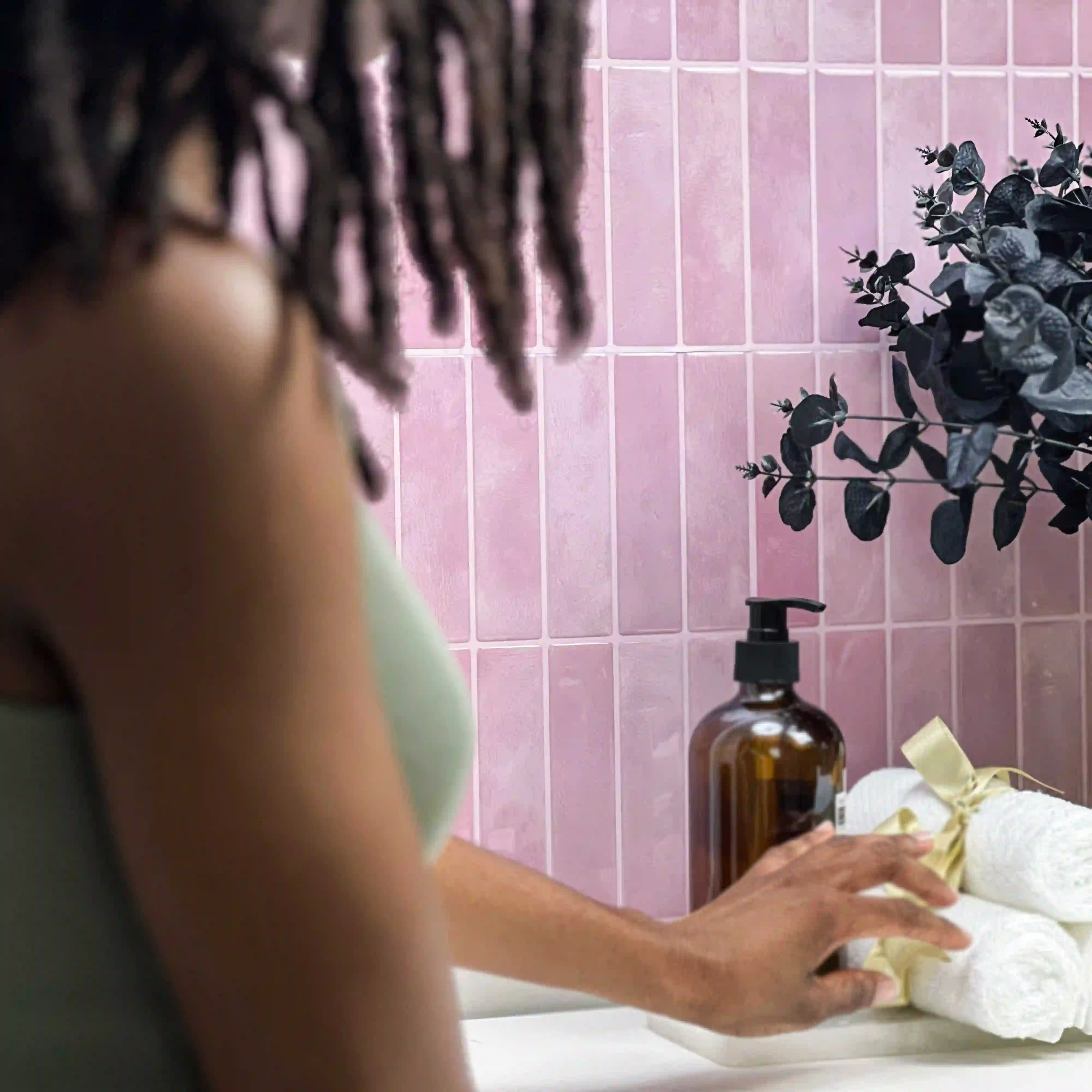
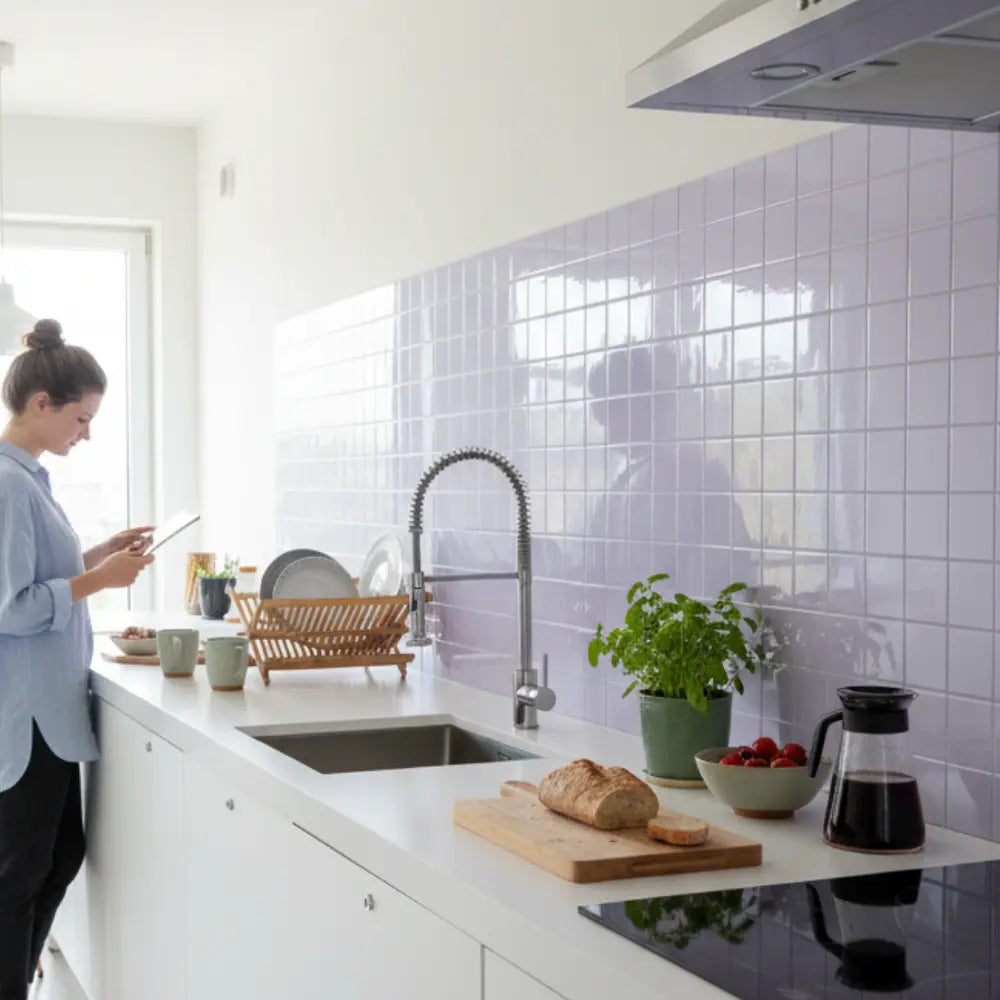
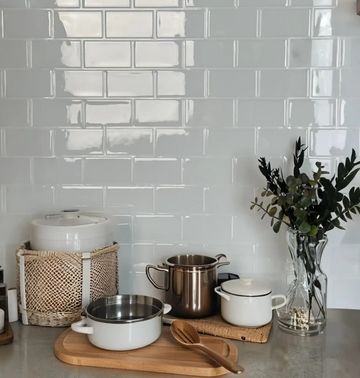
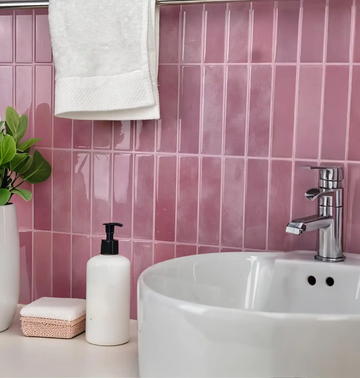
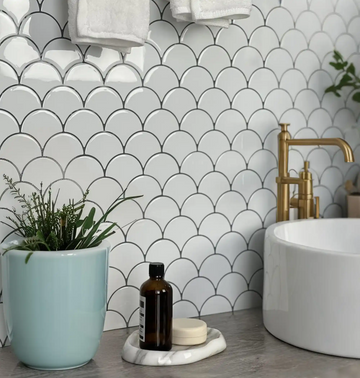
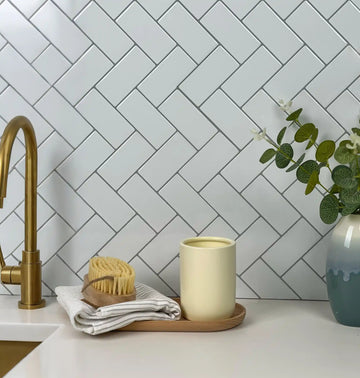
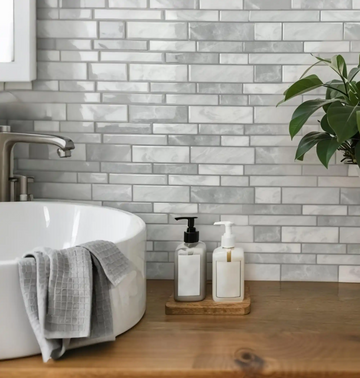
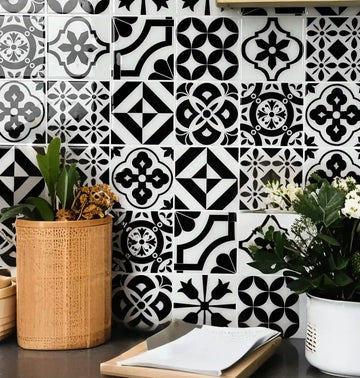
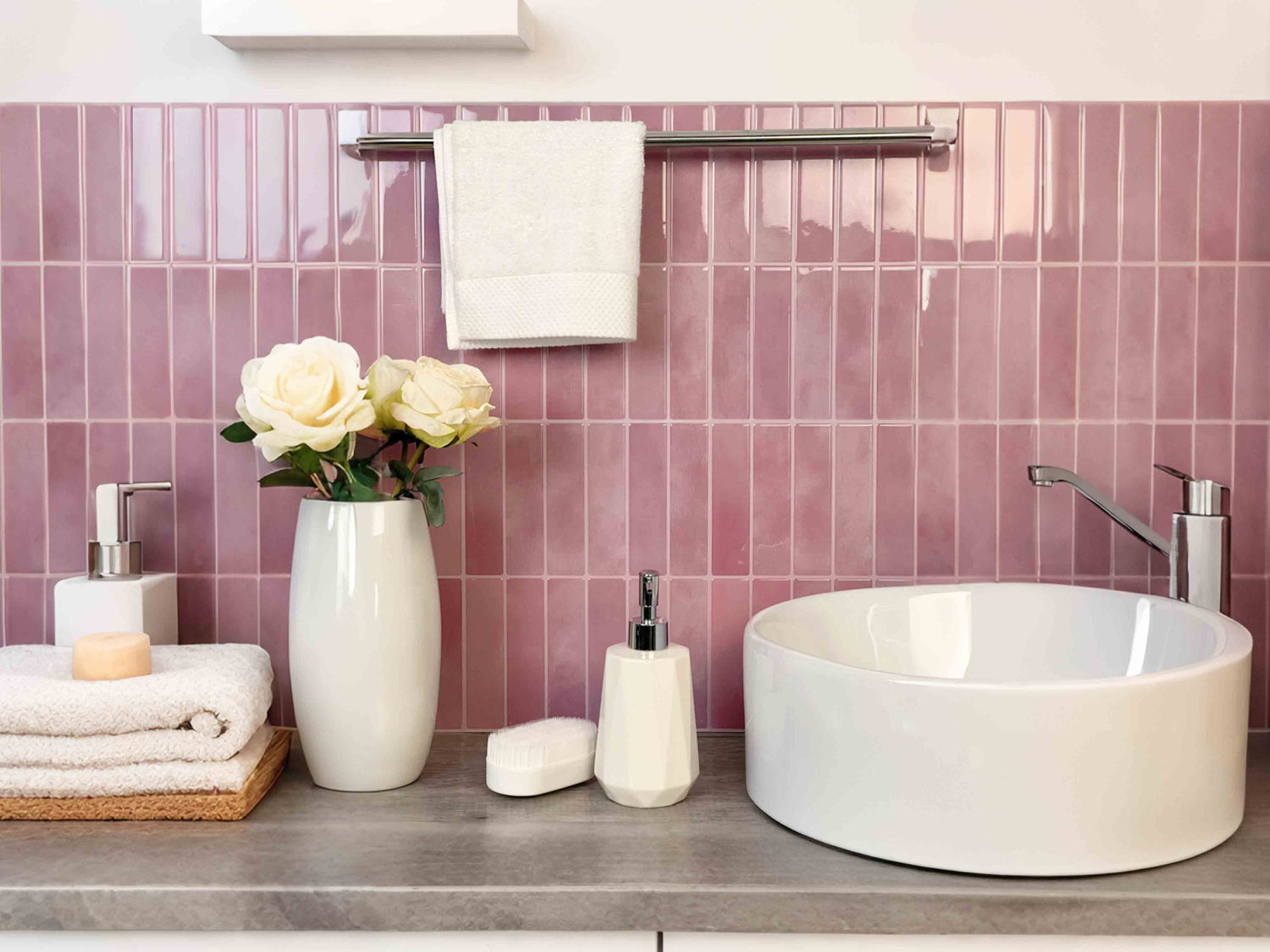
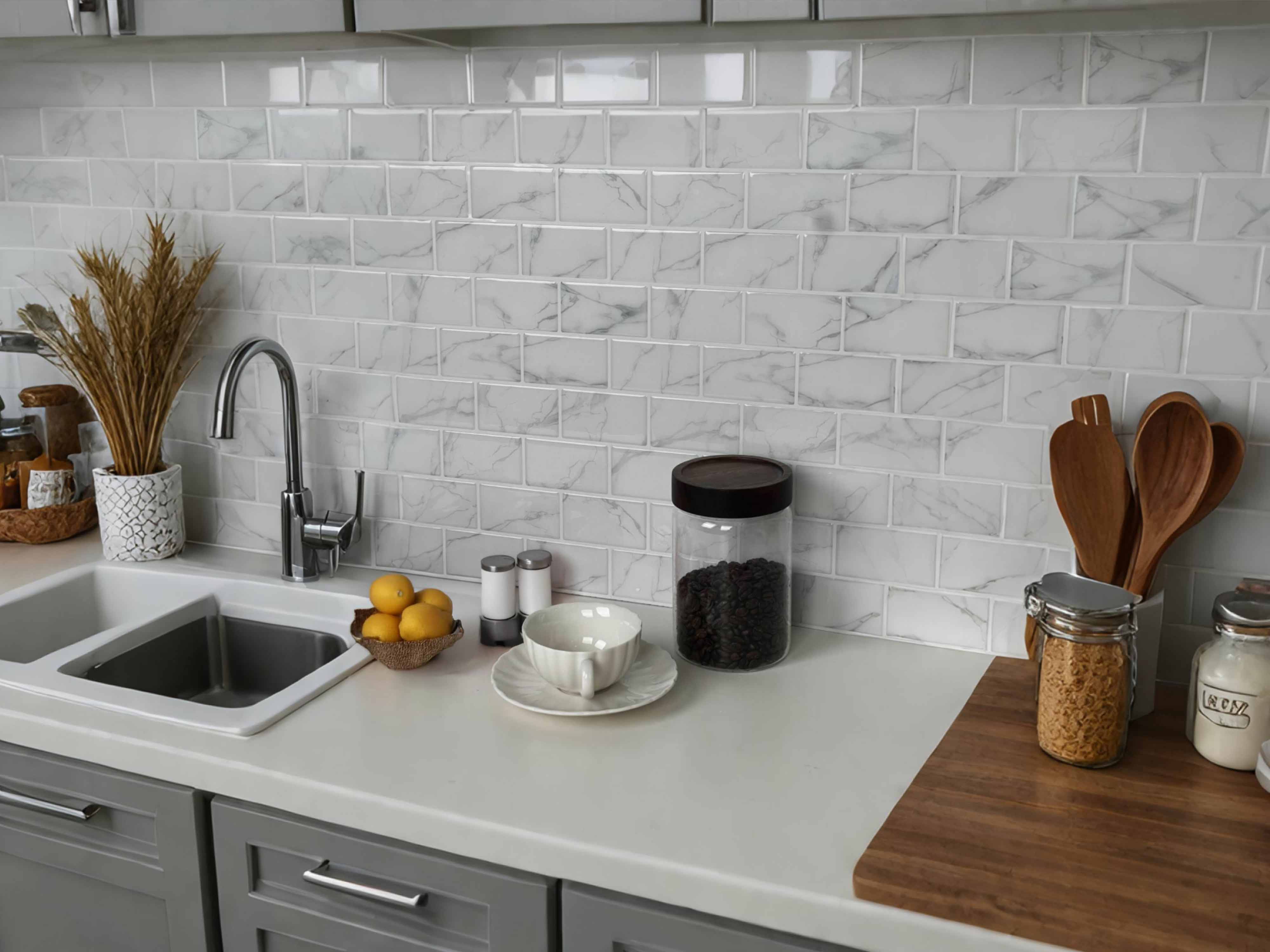
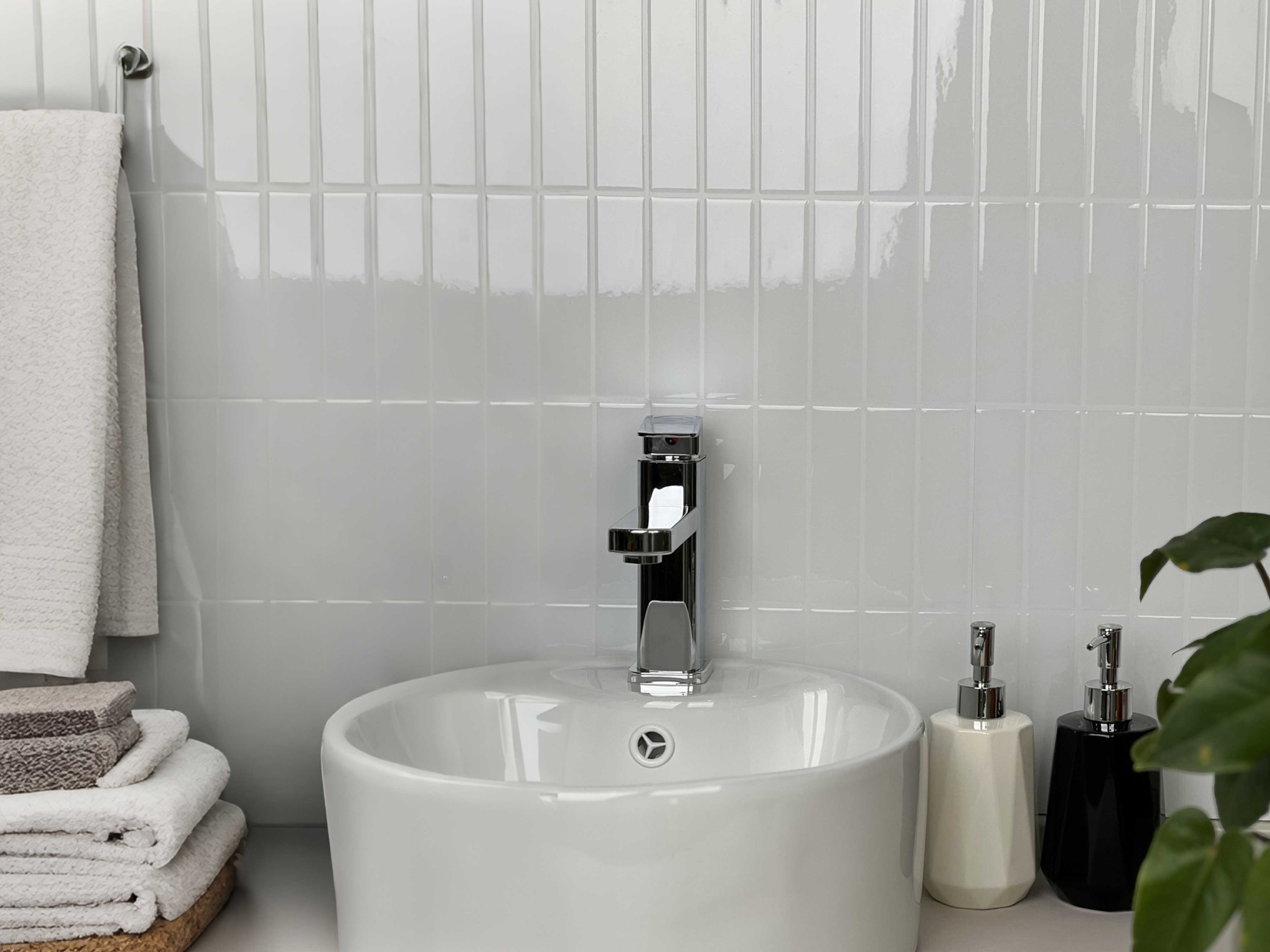
Leave a comment
This site is protected by hCaptcha and the hCaptcha Privacy Policy and Terms of Service apply.